Nepal Buddhist Pilgrimage Tour Overview
The Nepal Buddhist Pilgrimage Tour in Nepal sounds like a great option for travelers who are interested in learning more about Buddhism and its history and culture. Nepal is home to many important Buddhist sites, including Lumbini, the birthplace of the Buddha, and Swoyambhunath, a stupa that is said to have been built by the Buddha himself.
The tour would take you to some of these important sites, as well as to other places that are significant to Buddhists, such as Boudhanath, a large stupa in Kathmandu, and Kapan, a village that is home to many Buddhist monasteries. You would also have the opportunity to learn about the Buddhist philosophy and way of life from experienced guides.
Lumbini: Lumbini is the birthplace of Siddhartha Gautama, the founder of Buddhism. The Maya Devi Temple marks the exact spot where he was born. Lumbini is a UNESCO World Heritage Site and is visited by millions of pilgrims every year.
Swayambhunath: Swayambhunath is a Buddhist stupa located on a hilltop overlooking Kathmandu. It is one of the most popular tourist destinations in Nepal and is a must-visit for any Buddhist pilgrim.
Boudhanath: Boudhanath is another large Buddhist stupa located in Kathmandu. It is one of the largest stupas in the world and is a UNESCO World Heritage Site. Boudhanath is a popular place for Tibetan refugees and is a great place to learn about Tibetan Buddhism.
These are just a few of the many Buddhist pilgrimage sites in Nepal. If you are interested in Buddhism, I highly recommend visiting Nepal and experiencing these sacred places for yourself.
Kapan Gompa is a Buddhist monastery located in the Kapan neighborhood of Kathmandu, Nepal. It is one of the oldest and most important Buddhist monasteries in Nepal. The monastery was founded in the 12th century by Lama Phajo Drugom Shigpo, a Tibetan Buddhist master. The monastery is home to a large collection of Buddhist scriptures and artifacts. The monastery is also a popular pilgrimage destination for Buddhists from all over the world.
Pharping Monastery is a Tibetan Buddhist monastery located in the village of Pharping, Nepal, about 23 kilometers (14 mi) southwest of Kathmandu. The monastery is one of the oldest and most important monasteries in Nepal, and is said to have been founded by Guru Padmasambhava in the 8th century.
The monastery is home to a large collection of Buddhist scriptures and artifacts, including a number of thangkas (painted scrolls) and statues. The monastery is also a popular pilgrimage destination for Buddhists from all over the world.
The monastery is divided into two main sections: The Upper Monastery and the Lower Monastery. The Upper Monastery is the older of the two sections, and is believed to have been built by Guru Padmasambhava. The Lower Monastery was built in the 15th century, and is home to a number of important Buddhist temples.
The monastery is a popular tourist destination, and is open to visitors from all over the world. However, it is important to note that the monastery is a place of worship, and visitors should dress appropriately and be respectful of the monks and other visitors.
In addition to the Buddhist Pilgrimage Tour, Nepal has many other travel packages that might be of interest to you. Here are a few examples:
Nepal Package Tour: This tour is a great option for travelers who want to see a variety of different places in Nepal, including the Kathmandu Valley, Pokhara, and Chitwan National Park.
World Heritage Tour: This tour takes you to some of the most important UNESCO World Heritage Sites in Nepal, such as the Kathmandu Valley, Lumbini, and Chitwan National Park.
Multicultural Tour: This tour explores the different cultures of Nepal, including the Hindu, Buddhist, and Tibetan cultures.
Village Tour: This tour takes you to some of the rural villages of Nepal, where you can experience the traditional way of life.
Nepal Guided Tour: This tour is a great option for travelers who want to have a more personalized experience in Nepal. You will be accompanied by a guide who will help you plan your itinerary and make the most of your trip.
Wildlife Safari Tour: This tour takes you to Chitwan National Park, where you can see a variety of wild animals, such as rhinos, elephants, and tigers.

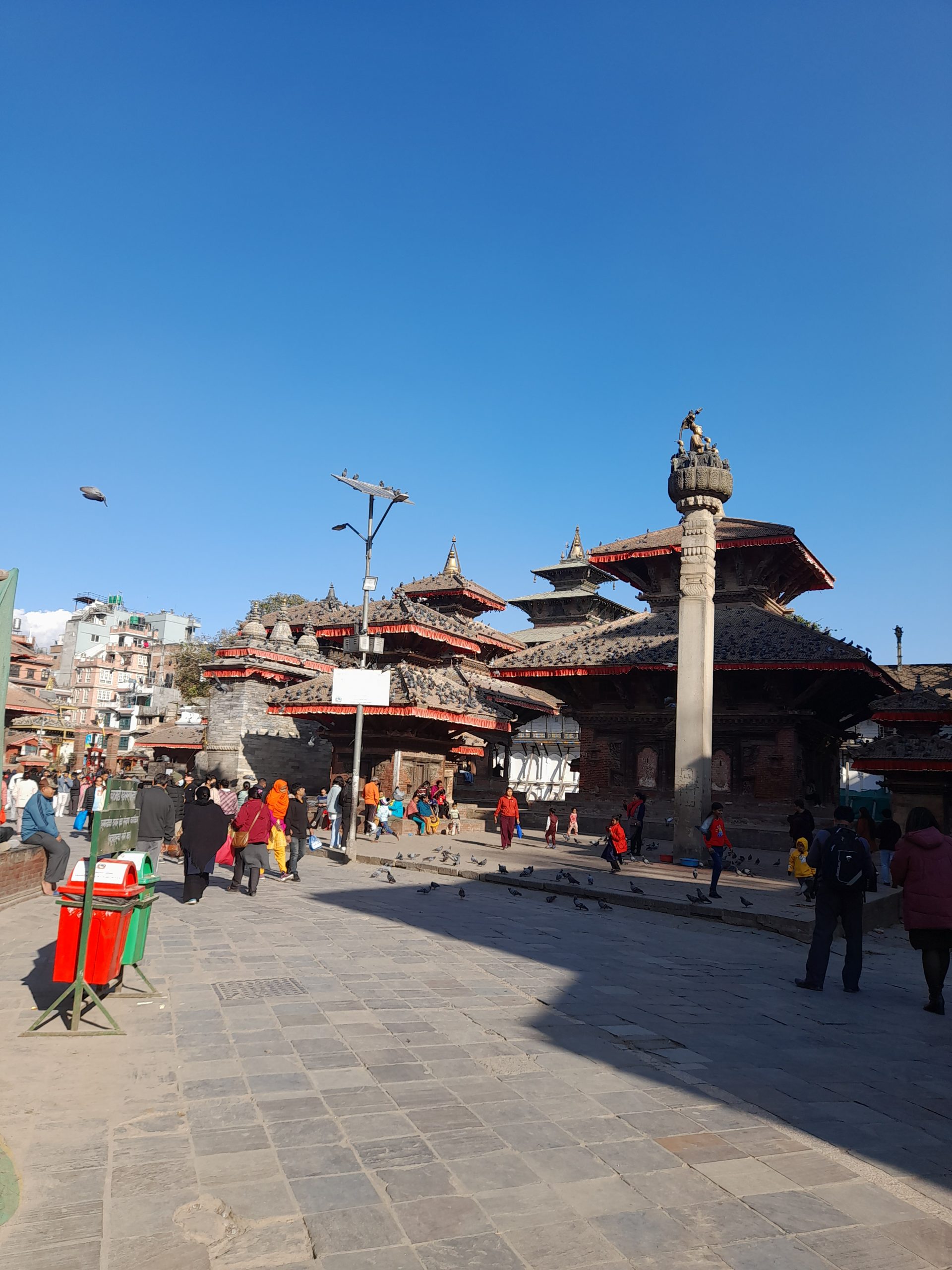 Kathmandu & Pokhara Tour 5 Days
Kathmandu & Pokhara Tour 5 Days
 Best Nepal Tour 9 days
Best Nepal Tour 9 days
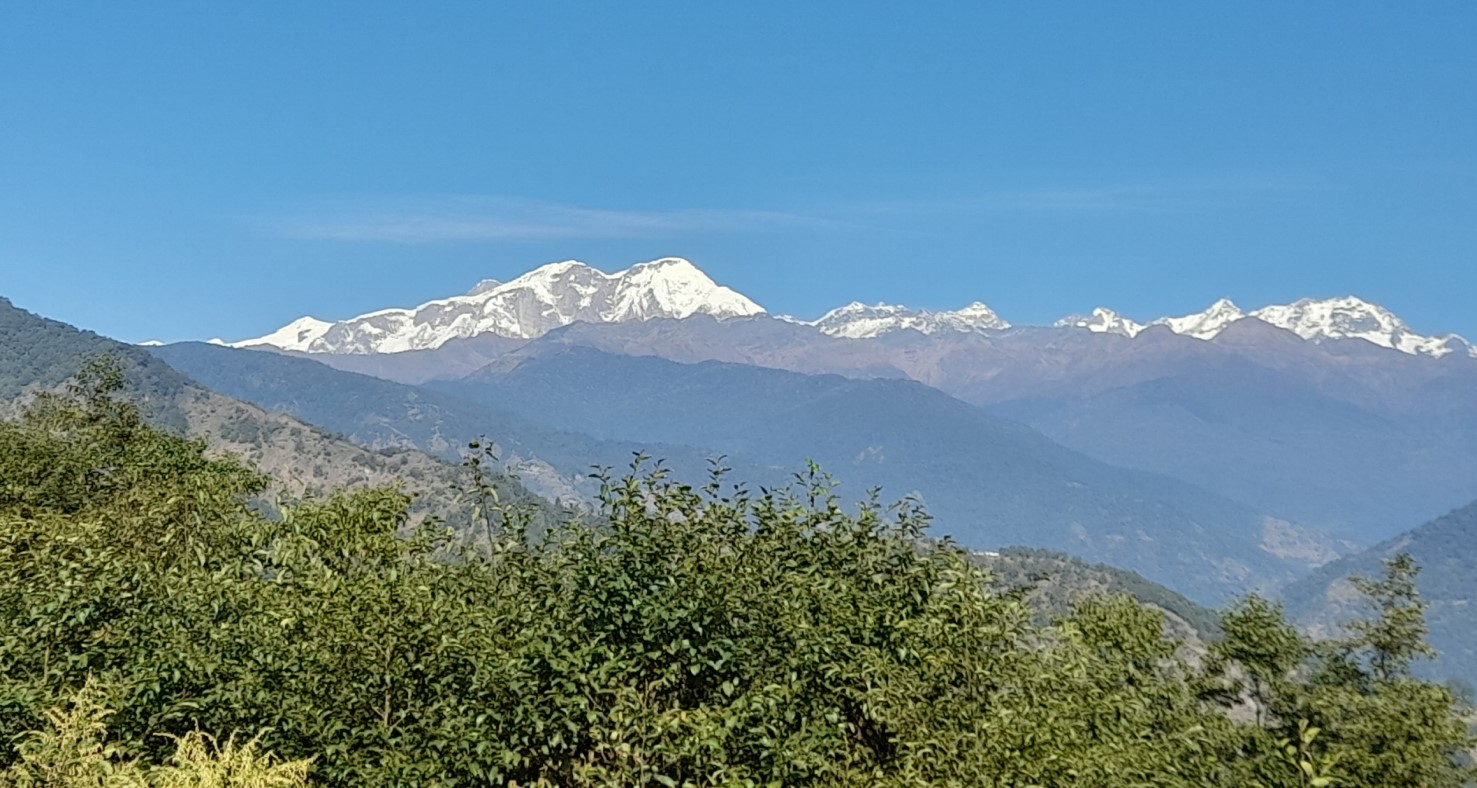 Nepal Exotic Tour Package 13 days
Nepal Exotic Tour Package 13 days
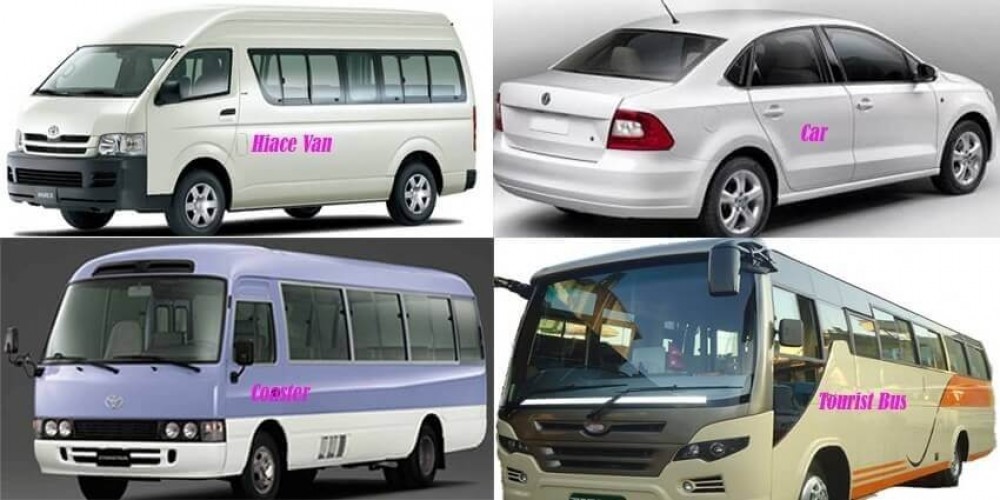 Transportation Services in Nepal
Transportation Services in Nepal
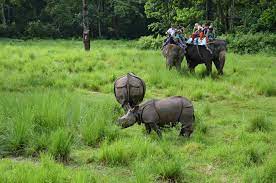 Kathmandu and Chitwan Holidays – 6 days
Kathmandu and Chitwan Holidays – 6 days
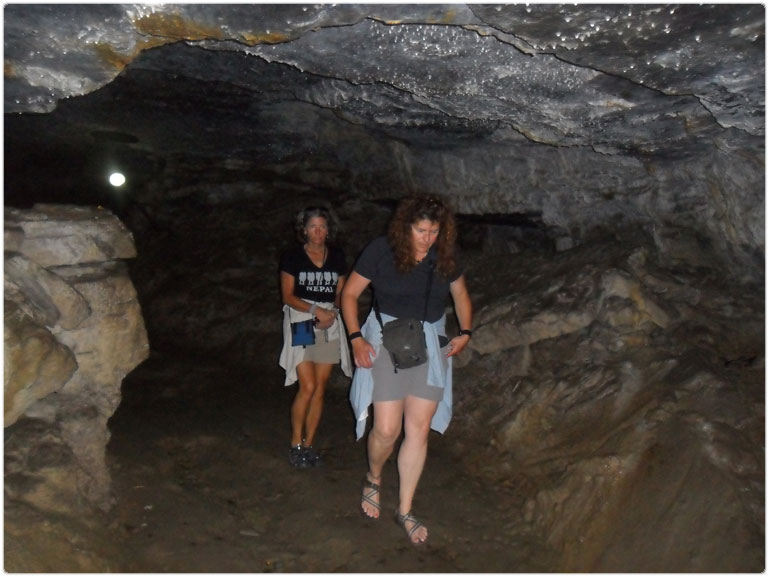 Kathamndu and Pokhara Holidays – 6 days
Kathamndu and Pokhara Holidays – 6 days
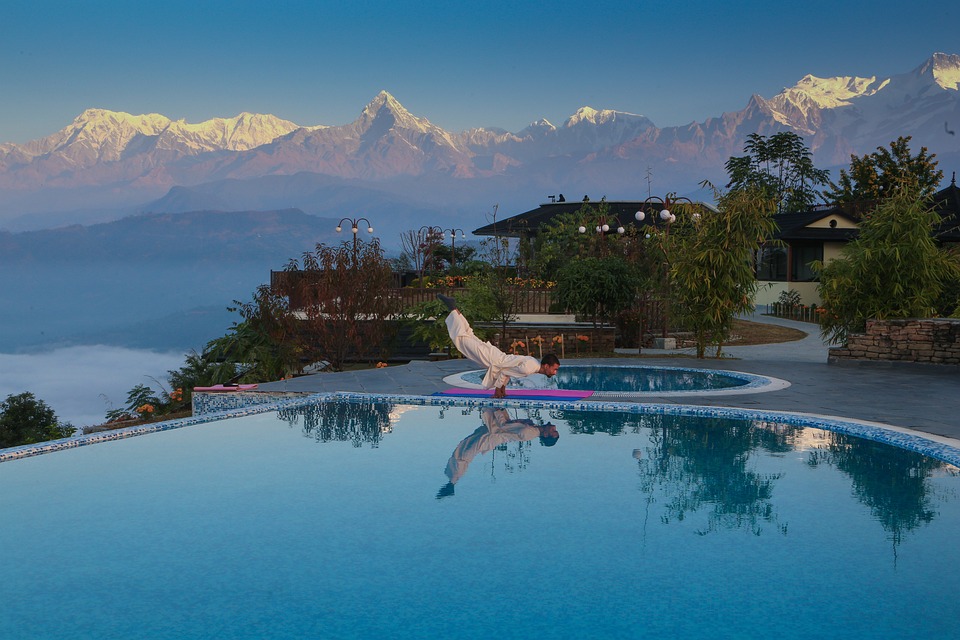 Winter Vacation Tour – 12 days
Winter Vacation Tour – 12 days
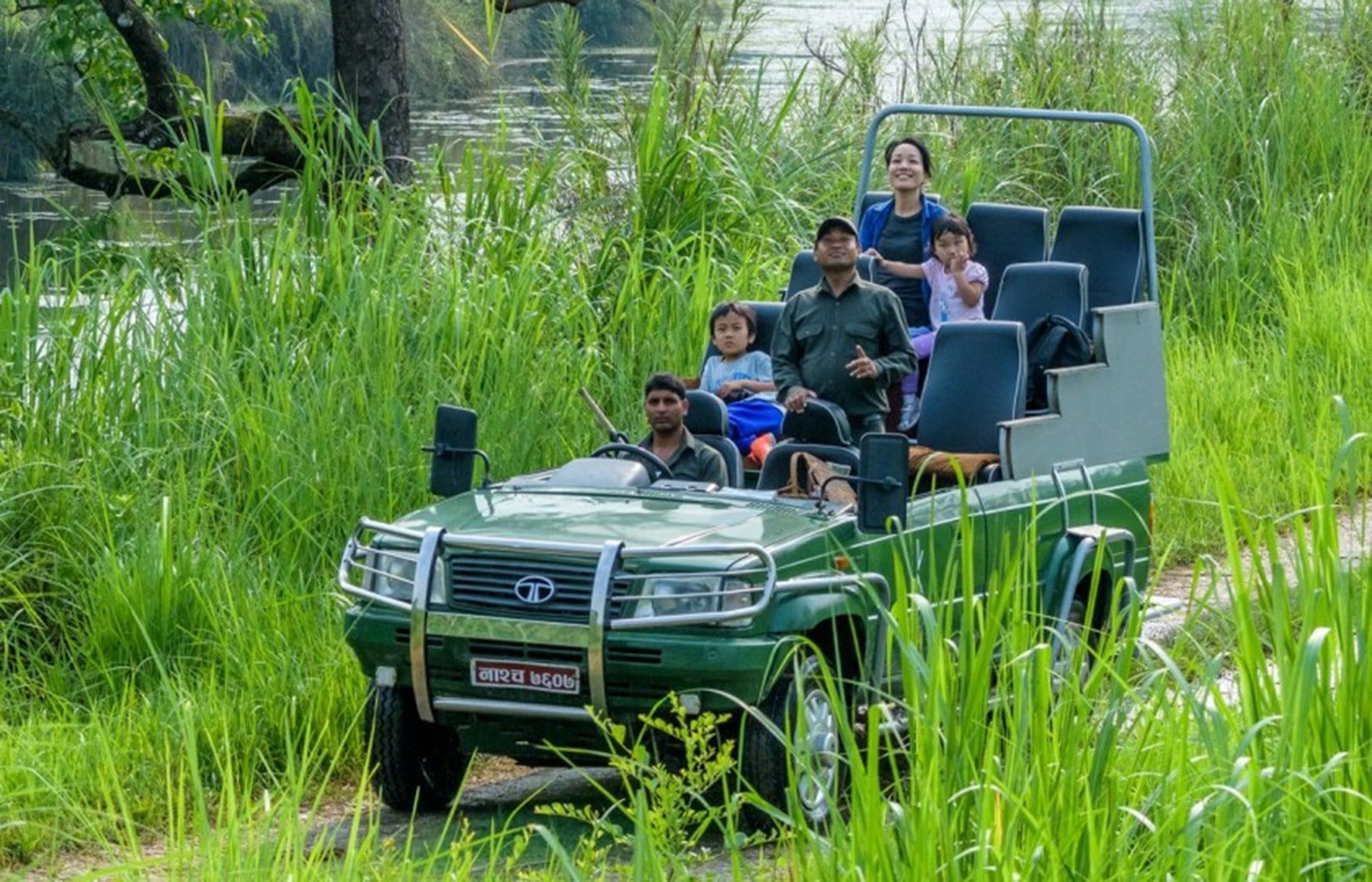 Nepal Adventure Tour – 7 days
Nepal Adventure Tour – 7 days
 Honeymoon Couple Tour in Nepal – 10 days
Honeymoon Couple Tour in Nepal – 10 days
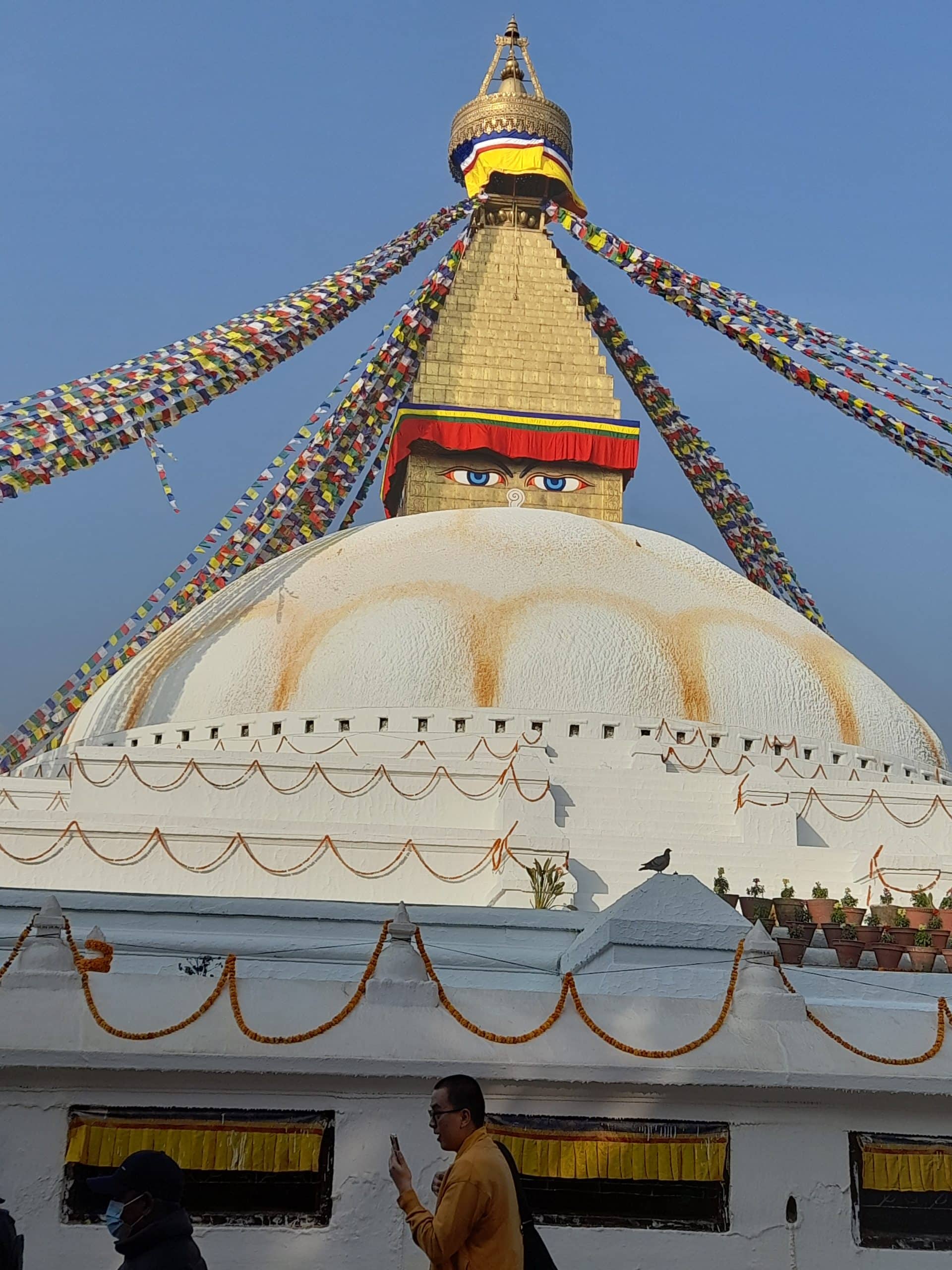 Kathmandu Short Valley Tour – 4 days
Kathmandu Short Valley Tour – 4 days
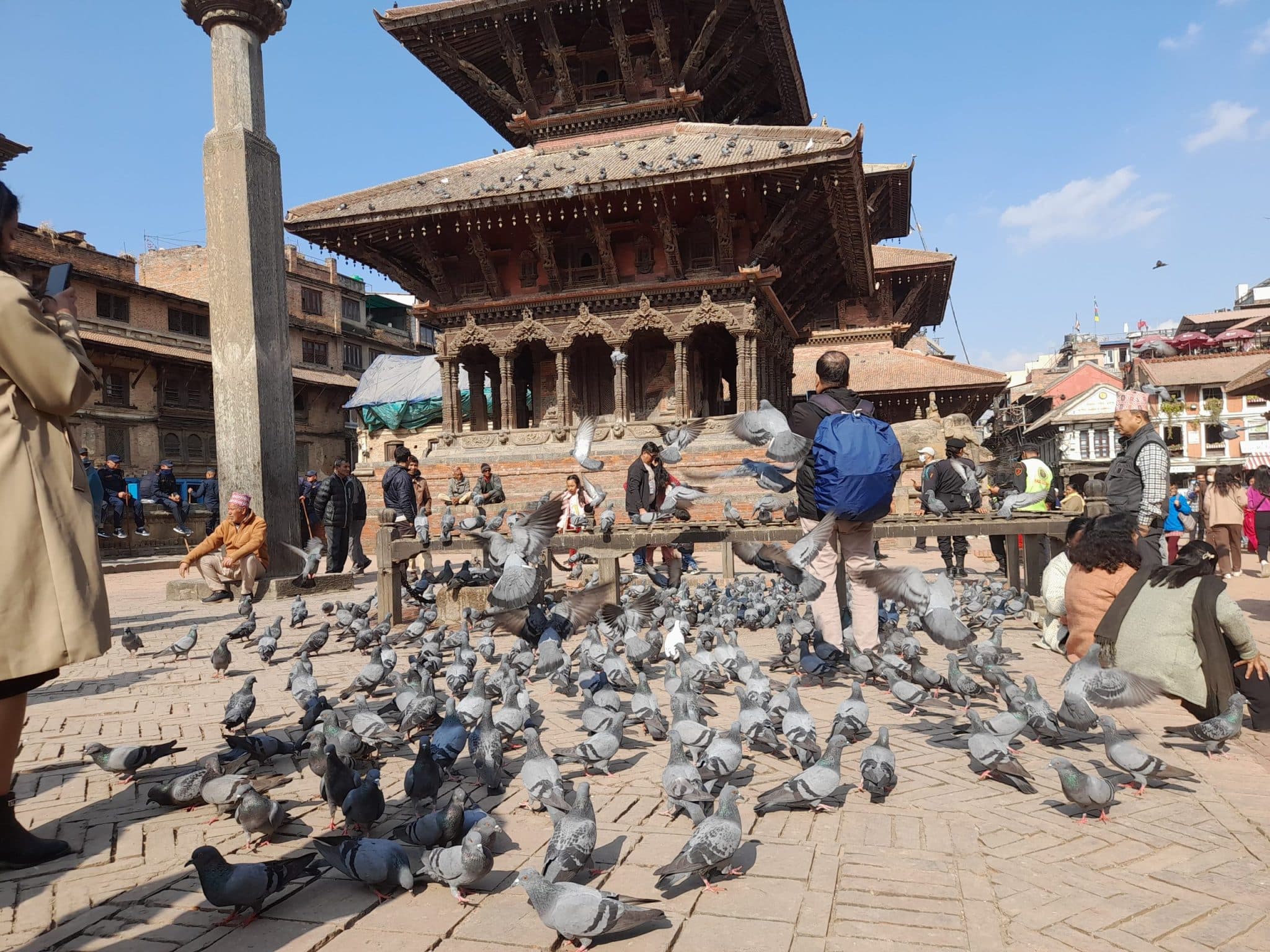 Nepal Multi Cultural Tour – 6 days
Nepal Multi Cultural Tour – 6 days
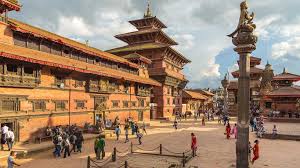 Kathmandu and Pokhara Tour – 6 days
Kathmandu and Pokhara Tour – 6 days
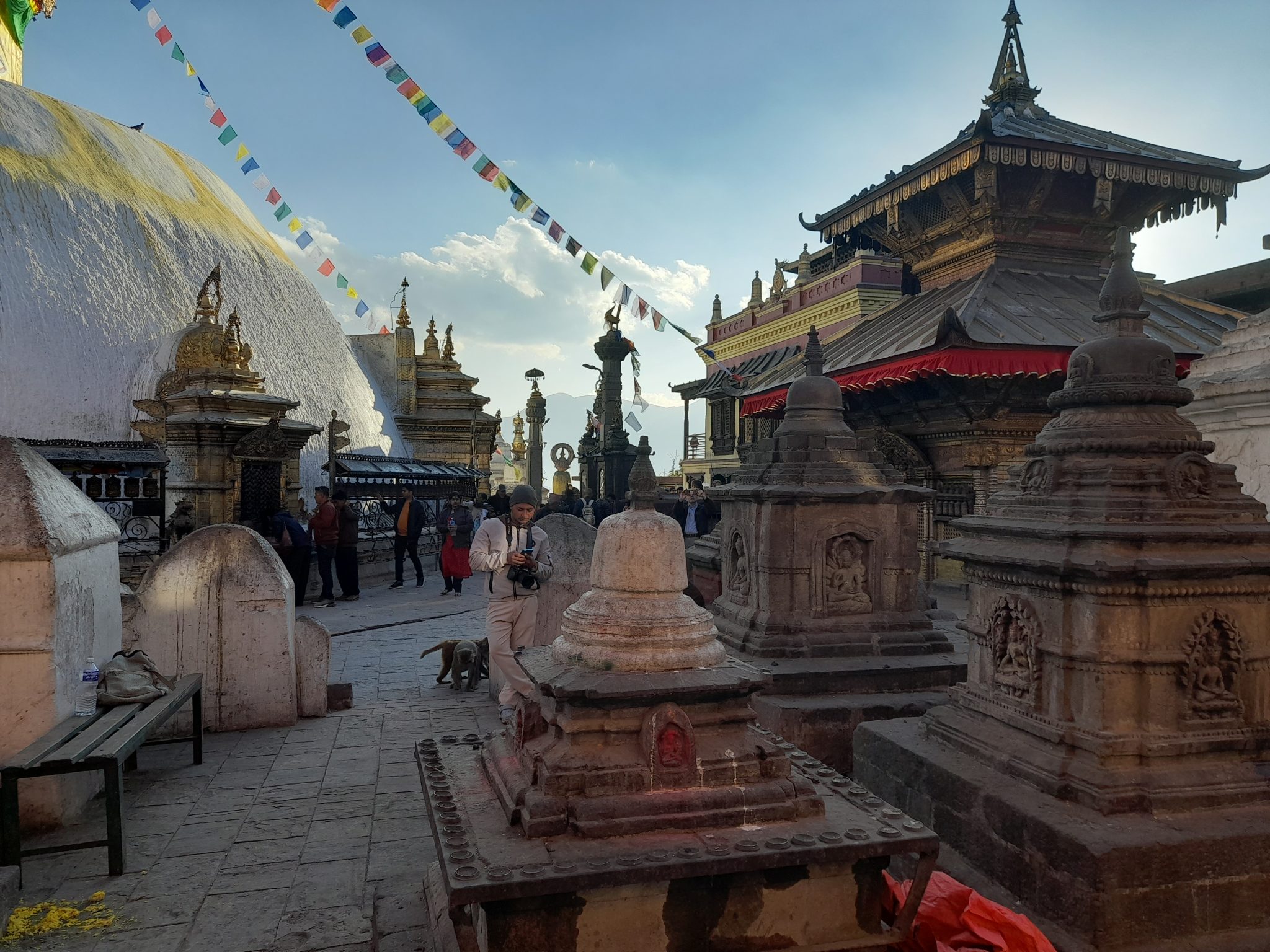 Nepal Culture and Safari Tour – 5 days
Nepal Culture and Safari Tour – 5 days
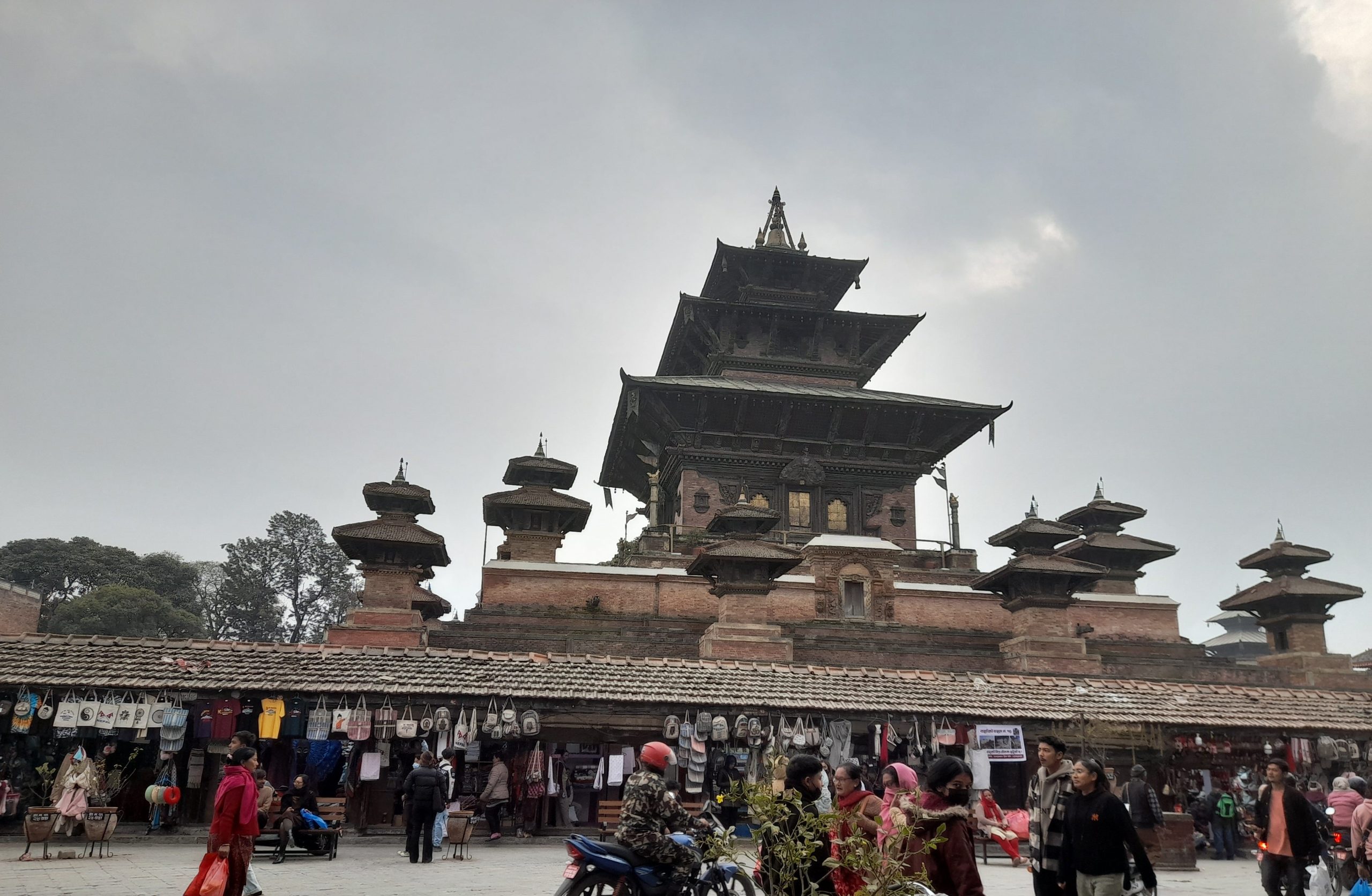 Hindu Pilgrimage Tour – 9 days
Hindu Pilgrimage Tour – 9 days
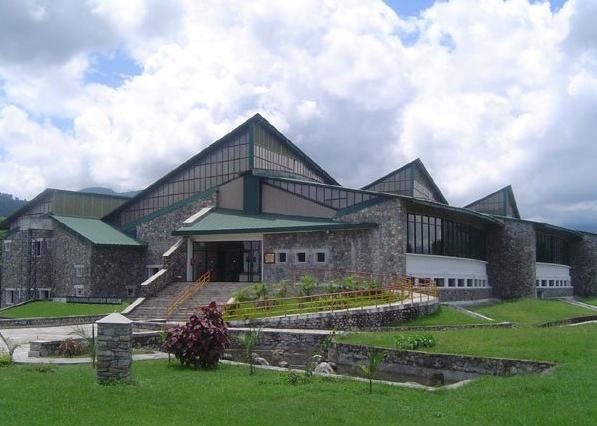 Nepal Exclusive tour – 9 days
Nepal Exclusive tour – 9 days
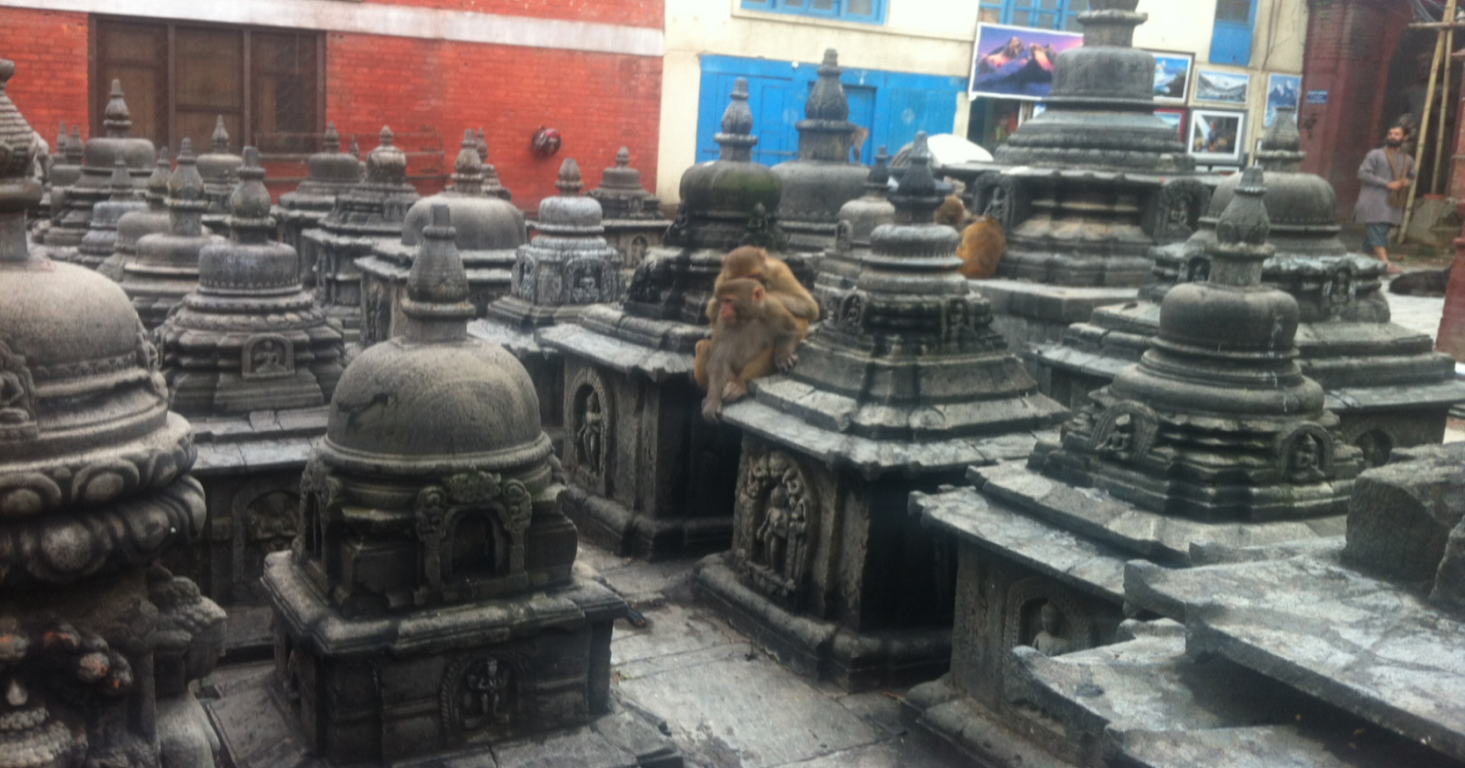 Nepal Golden Triangle Tour 8 days
Nepal Golden Triangle Tour 8 days
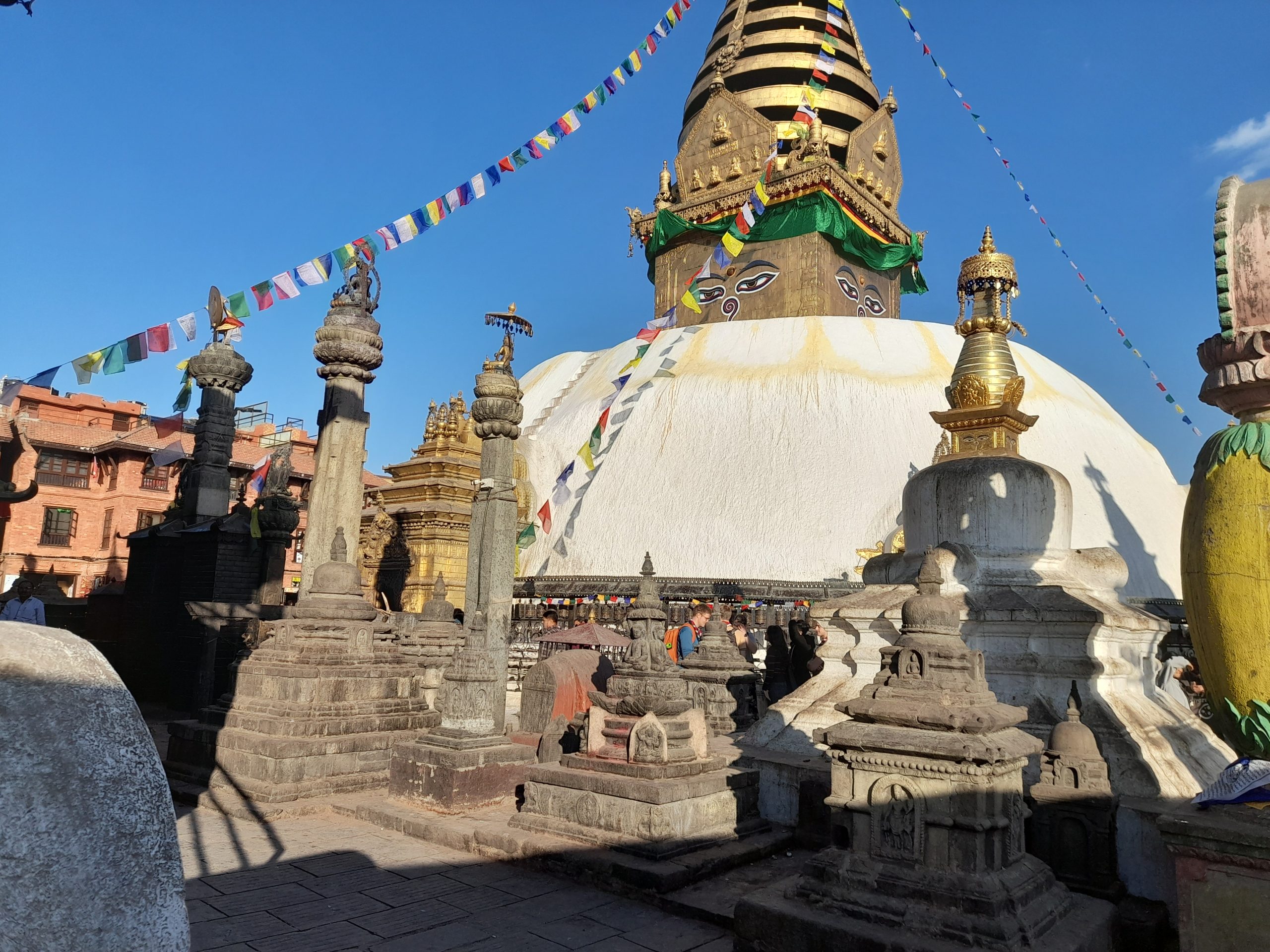 Nepal Guided Tour – 11 days
Nepal Guided Tour – 11 days
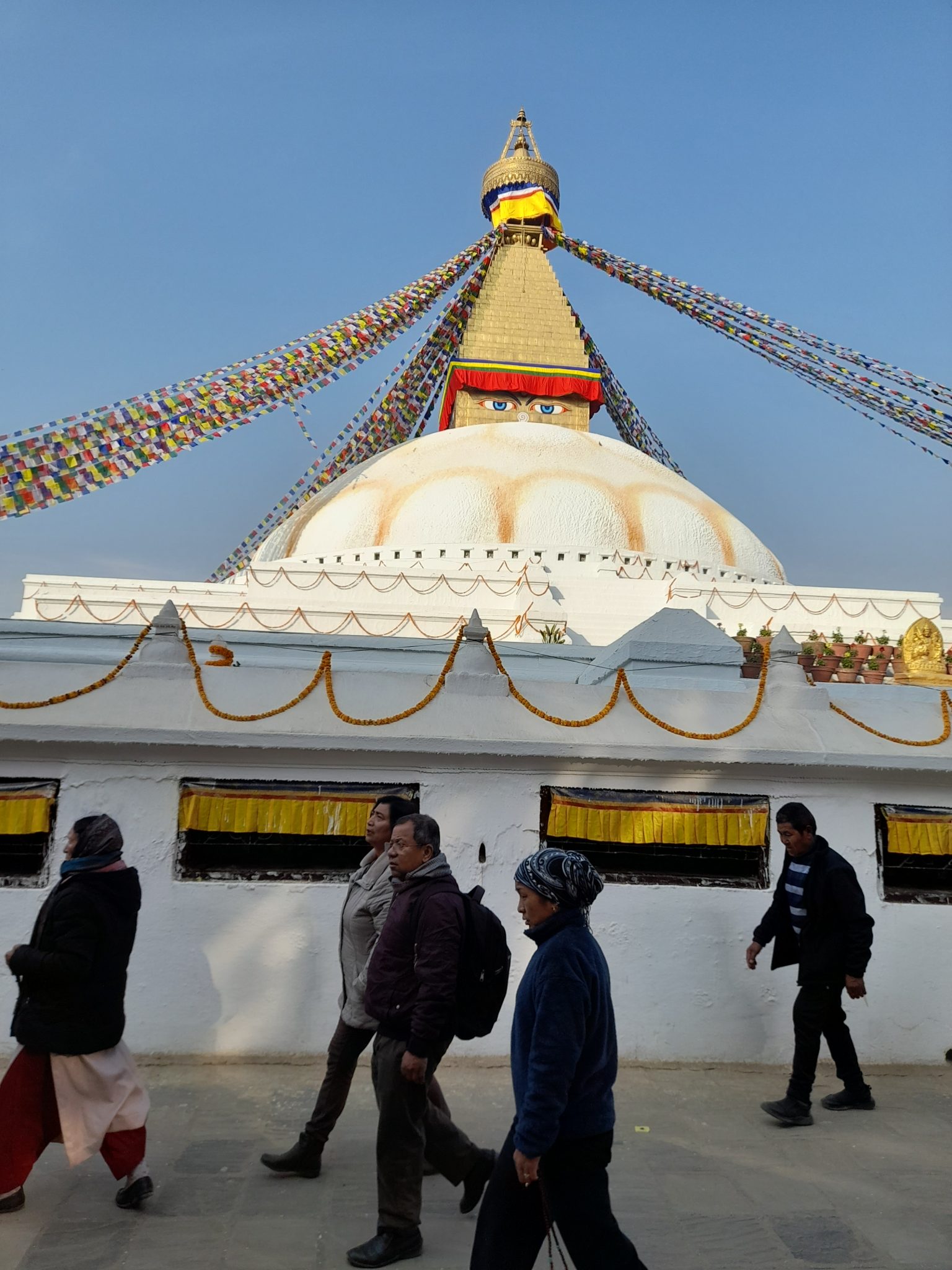 Nepal World Heritage Tour – 9 days
Nepal World Heritage Tour – 9 days
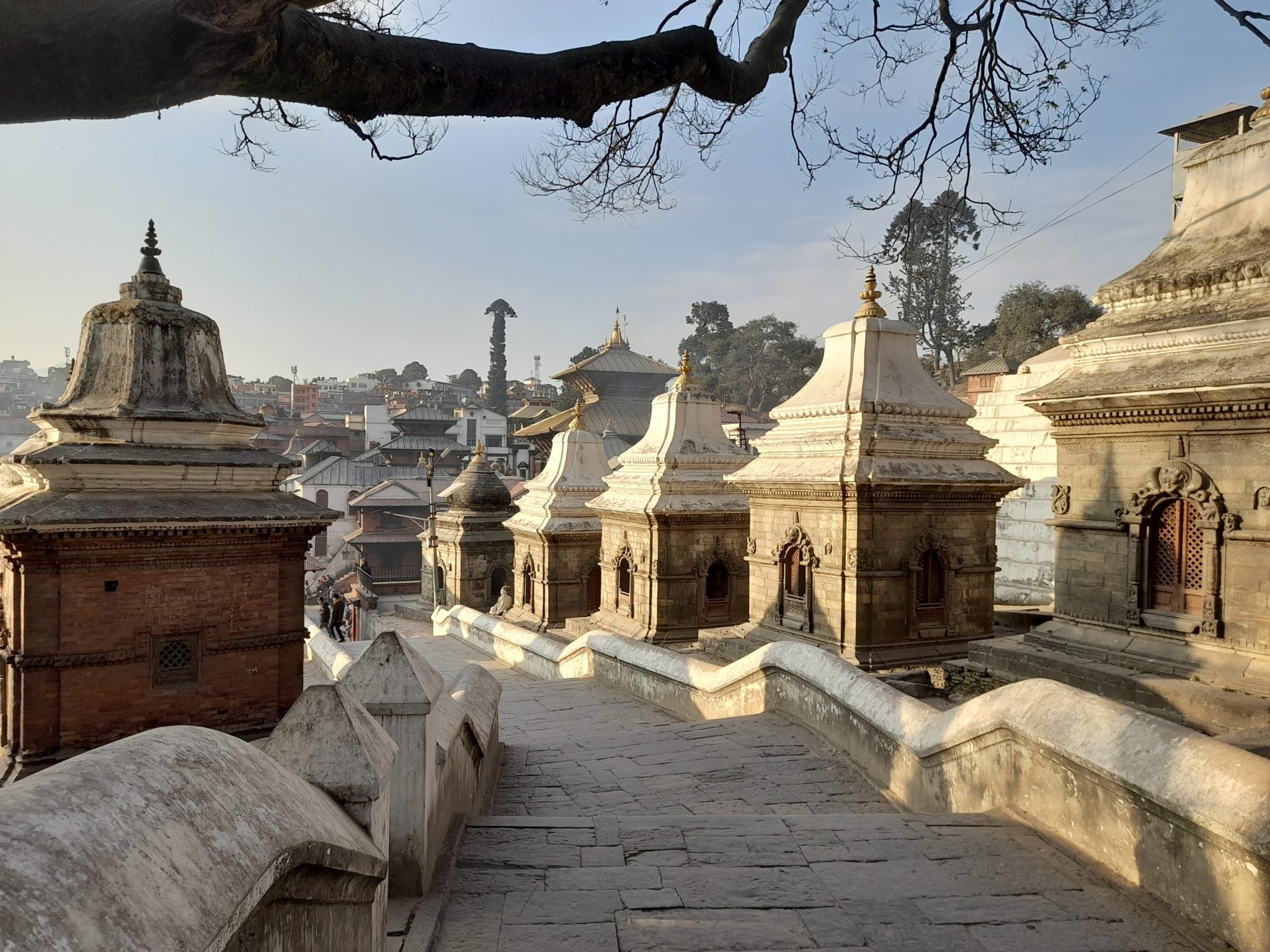 Kathmandu Valley Tour – 6 days
Kathmandu Valley Tour – 6 days
 Nepal Package tour – 12 Days
Nepal Package tour – 12 Days



